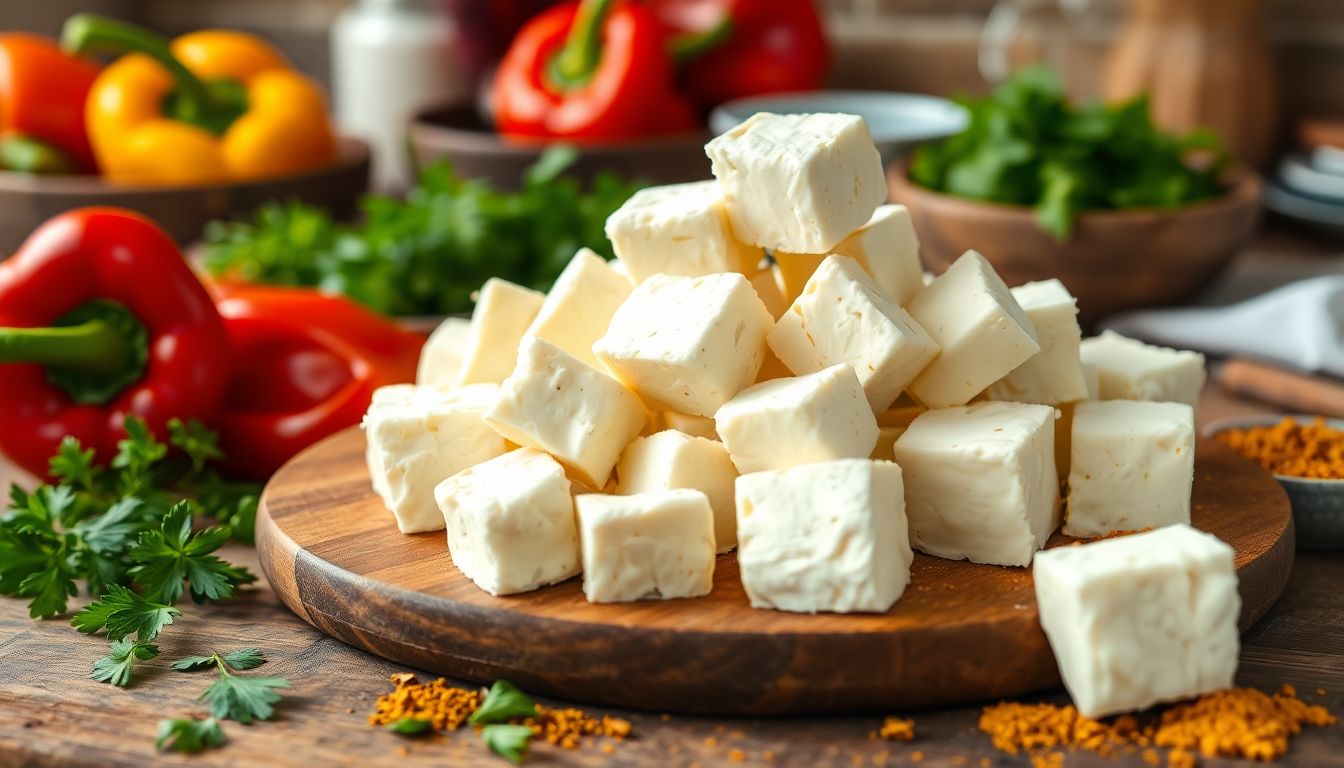Paneer: Uses, Benefits, Side Effects
Discover the versatile uses of paneer, its health benefits, and potential side effects. Learn how to incorporate this nutritious ingredient into your diet.

Paneer is a famous ingredient in Indian cooking, loved for its taste and versatility. Its popularity is growing across the globe, especially among vegetarians. Packed with nutrients, paneer offers a good source of protein and calcium. But before enjoying this tasty cheese, it's smart to learn about its health benefits and possible side effects. That way, you can include it in your diet safely and wisely.
Paneer is a fresh, soft cheese that’s been a part of Indian culture for centuries. It is made by curdling hot milk with an acid like lemon juice or vinegar. Unlike aged cheeses, paneer doesn’t contain preservatives or added flavors, making it a wholesome food. It holds a special place in Indian cuisine, especially in vegetarian dishes. Its simple process and delightful taste also make it popular in many countries outside India.
Making paneer involves boiling milk and then adding a curdling agent. Once the milk sours, it separates into curds and whey. The curds are gathered, pressed to remove excess water, and shaped into blocks. Freshness is key. You can prepare it at home with just milk and lemon juice or vinegar. Today, many stores sell pre-made paneer, which is convenient but may contain additives.
You’ll find different types of paneer based on texture and flavor:
Paneer features in many classic recipes that showcase its creamy texture. Popular dishes include:
Paneer isn’t limited to Indian cuisine anymore. Chefs and home cooks now include it in:
Paneer is an excellent source of high-quality protein, comparable to eggs and fish. It’s especially valuable for vegetarians who need plant-based protein. It also provides calcium, essential for strong bones and teeth. Eating paneer regularly helps meet your daily nutritional needs.
Paneer supplies vital nutrients like Vitamin B12, which is rare in plant foods. It also has phosphorus and magnesium that support bone strength and boost your immune system. These nutrients make paneer a healthy addition to balanced diets.
Since paneer is high in protein but low in carbs, it can help with weight control and muscle growth. Fitness enthusiasts often add paneer to their meals for energy and recovery. Watching portion sizes ensures you get these benefits without excess calories.
Nutritionists praise paneer for its health benefits, especially for those who need more protein or calcium. Recent studies show that including dairy products like paneer in your diet can reduce the risk of osteoporosis and improve overall health.
People sensitive to lactose may experience bloating, gas, or stomach pain after eating paneer. Those with dairy allergies could develop skin rashes or breathing issues. If you’re sensitive, consider plant-based cheeses or limit intake.
While nutritious, paneer is calorie-dense. Eating too much can lead to weight gain. Portion control is key, especially if you’re trying to lose weight or maintain it.
Pre-packaged paneer may contain preservatives or artificial ingredients. Always read labels or make it at home for a healthier option. Homemade paneer gives you control over ingredients and freshness.
Because paneer contains purines, those with gout should consume it in moderation. It can also influence cholesterol levels if eaten excessively by people with heart problems.
Paneer is a nutritious, versatile cheese that can transform simple dishes into flavorful meals. It offers many health benefits but should be eaten mindfully. Incorporate it into your diet with balance and awareness of your own health needs. Whether you’re vegetarian or just love its taste, paneer can be part of a healthy eating plan.
Discover new ways to enjoy paneer by trying different recipes. From curries to salads, its possibilities are endless. Always consult a healthcare professional if you have dairy allergies or health concerns related to cheese. Your journey to a balanced, delicious diet starts here—embrace paneer today.
Discover the versatile uses of paneer, its health benefits, and potential side effects. Learn how to incorporate this nutritious ingredient into your diet.
Discover the uses, benefits, and potential side effects of Patharchatta. Learn how this powerful herb can enhance your health and well-being today.
Discover the uses, benefits, and potential side effects of Halim seeds. Learn how these nutritious seeds can enhance your health and well-being today.
Uncover the health benefits and risks of betel nuts with insights from Dr. Smita Barode. Get informed about their uses and side effects now!
Discover the benefits and risks of natural blood thinners. Learn essential precautions to take for safe and effective use in your health regimen.
Explore the numerous health benefits and nutritional aspects of mustard oil. Learn about its uses and side effects to make informed choices for your health.